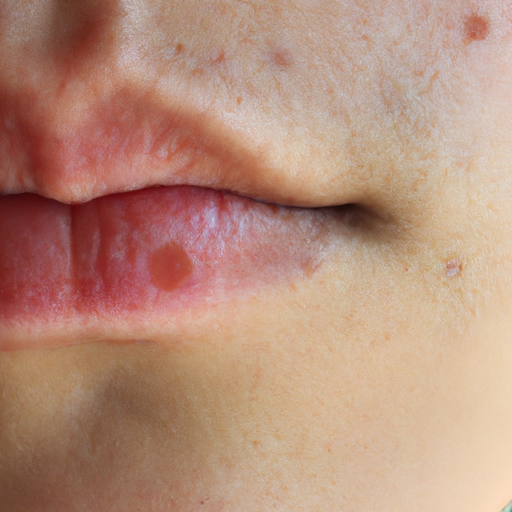Title: Unmasking Acne: A Comprehensive Dermatologist’s Guide to Diagnosis and Treatment
As a dermatologist, I often encounter patients who struggle with acne, a common skin condition that affects millions of people worldwide. Acne can be a source of emotional distress and can severely impact one’s self-esteem. This article aims to unmask acne, providing a comprehensive guide to its diagnosis and treatment.
Acne is primarily a hormonal condition driven by androgenic hormones, which typically become active during the teenage years. Sensitivity to such hormones, combined with bacteria on the skin, and fatty acids within oil glands, lead to acne. Common sites for acne are the face, chest, shoulders, and back – areas of the skin that have the most oil glands.
Diagnosing acne is typically straightforward; no specific medical tests are required. As dermatologists, we classify acne into two categories: non-inflammatory (blackheads and whiteheads) and inflammatory (papules, pustules, nodules, and cysts). The severity of acne can range from mild to severe, depending on the type and number of lesions present.
Treatment for acne varies depending on its severity and persistence. Mild acne can be controlled with over-the-counter products, or topical treatments like benzoyl peroxide or salicylic acid. For moderate to severe acne, prescription medication may be necessary.
Topical retinoids are often the first line of treatment. They work by unclogging pores and preventing the formation of new comedones (skin-coloured bumps). Antibiotics may be prescribed to combat inflammation and reduce bacteria. In more severe cases, oral isotretinoin may be recommended. This medication is highly effective but comes with potential side effects, so it’s typically reserved for severe or resistant acne.
For women, hormonal therapies like oral contraceptives or anti-androgen drugs can be effective in treating acne. These medications work by reducing the amount of androgenic hormones, which decreases oil production.
In-office treatments such as chemical peels, light therapy, or corticosteroid injections can also be beneficial for treating acne. However, these treatments are usually considered supplementary to prescription medications.
It’s important to remember that while acne treatments can control the condition and prevent scarring, they do not cure acne. Consistency and patience are key as most treatments take several weeks to months to see significant improvement.
Additionally, lifestyle modifications can also help manage acne. A balanced diet, regular exercise, adequate sleep, and good skincare hygiene are all important factors in maintaining healthy skin. While these modifications may not cure acne, they can certainly help reduce its severity and prevent new breakouts.
In conclusion, acne is a common but manageable skin condition. As dermatologists, we have a range of treatments available to help control acne and improve the quality of life for our patients. If you’re struggling with acne, don’t hesitate to seek professional help. Remember, every case of acne is unique, and what works for one person may not work for another. Therefore, personalized treatment under the guidance of a dermatologist is crucial.
Keywords: Acne, Dermatologist, Diagnosis, Treatment, Hormonal Acne, Topical Retinoids, Oral Isotretinoin, Lifestyle Modifications.



